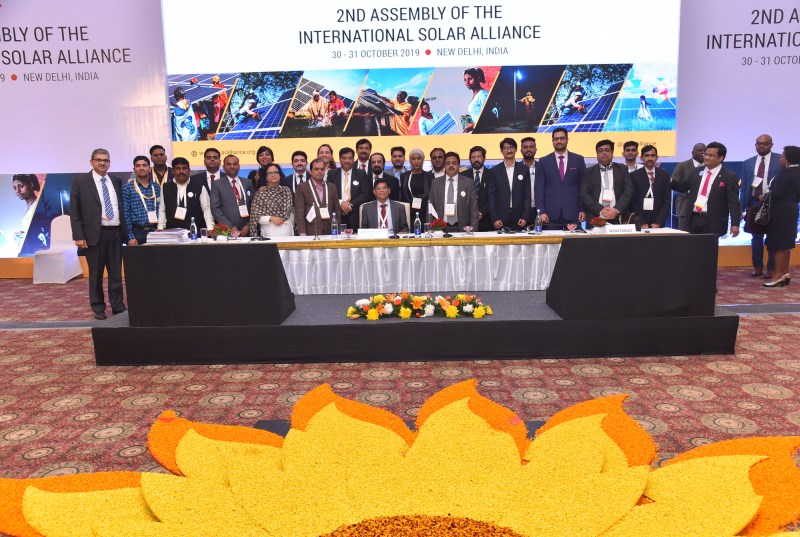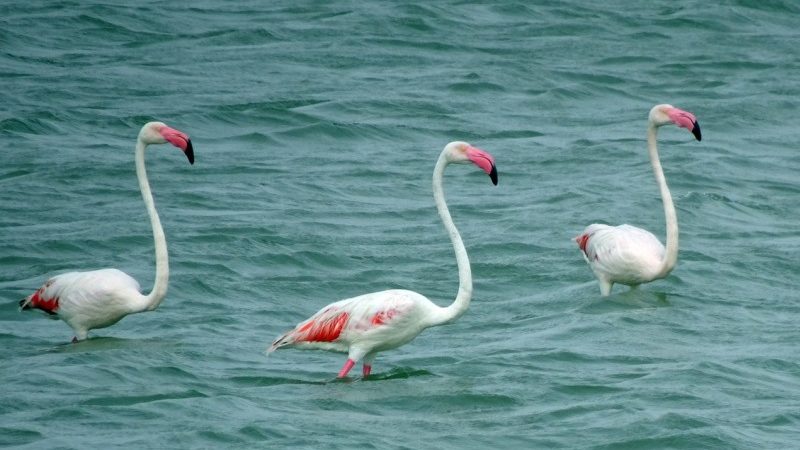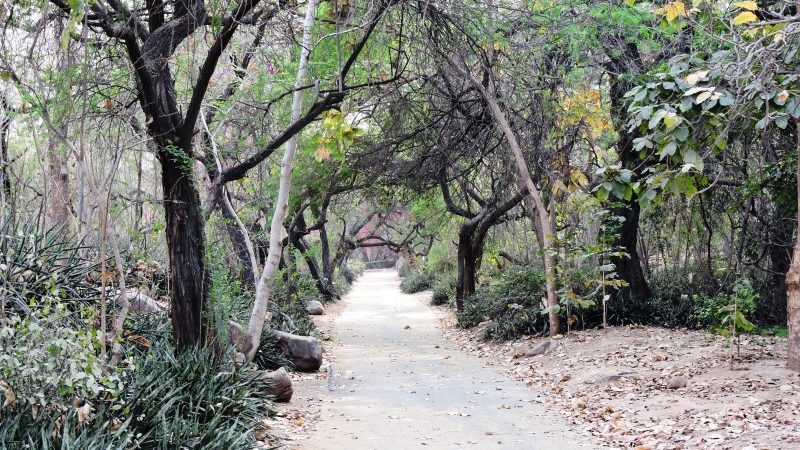All You Need to Know About International Solar Alliance

The International Solar Alliance (ISA) is an initiative proposed by the Prime Minister of India, Narendra Modi. It was launched on November 30, 2015 during the 21st session of United Nations Framework Convention on Climate Change’s Conference of the Parties (COP-21). COP-21 was hosted in Paris, France, and the ISA was launched there as an unprecedented effort to promote solar energy.
Headquartered in Gurugram, ISA is the first inter-governmental organization to be based in India. The Alliance consists of a group of 122 countries that are located between Tropic of Cancer and Tropic of Capricorn. These are all nations which receive 300+ days of sunshine. The ISA seeks to bring about a major decrease in the cost of solar energy so that its deployment can be scaled up in these countries.
The ISA is already benefiting nations, beginning with India. India’s target of installing 20 GW of solar power by 2022 was achieved four years ahead of schedule in January 2018 as a result of the initiative. This led to revision of India’s commitment to operational solar power capacity which is now 100 Gigawatts (GW) and should soon become 175 GWs. India also has a target of reduction in emission intensity by 33–35% by 2030 to let solar energy reach to the most disconnected villages and communities. To reach this desired target, ISA is helping India fund the capacity addition and make solar power commercially viable.
A key objective of the ISA is to meet the high energy demands in member countries and contribute to the fight against climate change.
To achieve these goals, ISA is putting in place concrete tools, capacity-building measures and innovative financial instruments. One example of this is the harmonization of public policies, regulations and prices between the countries, which reduces the uncertainties, reinforces business models as well as economic viability of solar projects, and reassures the investors.
In this context, the International Renewable Energy Agency (IRENA) has created universal template contracts called Open Solar Contracts, which ensure a consistent basis for legal agreements for easier implementation in each country. This helps reduce transaction costs for public operators and lends greater visibility to project developers.
In October 2019, ISA launched a knowledge dissemination platform Infopedia. The ISA Infopedia Solar Information Hub is an online platform dedicated to the dissemination of information, best-practices and knowledge on solar energy. It is supported by the European Union. It comprises online courses catalogue & course hosting platform called Solar Academy which provides free online courses on Solar Energy. In addition, it also acts as self-registration directory Solar Directory for registration of the stakeholders in industry, associations, financing institutions, development organisations, NGOs and research centres.
Additionally, ISA has made concerted efforts to build capacity through the ISA Solar Technology and Application Resource Centre (STAR-C) programme, Indian Technical and Economic Cooperation (ITEC) Master Trainers Programme, and Fellowship Schemes to help member countries create skilled workforce. This workforce will be able to deploy solar energy applications on a large scale and spur research, development, innovation, standardization and testing.
In 2018-19, 133 candidates from 25 countries were trained for 21 days at the National Institute of Solar Energy, Gurugram, under the ITEC programme with the support from the Government of India (GoI). All the costs were borne by the GoI. Clearly, thus, the working of ISA is tilted more towards action rather than scholarly research and theory building. It is uniting all partners and forces that could be mobilized towards implementing solar, be it businesses, city administrations, NGOs, donors, international institutions and the likes.
Global solar investment has seen a transformational increase due to this. The average global investment for the past three years in solar energy was about USD 150 billion, though concentrated largely in 10 countries. The ISA is working towards providing a roadmap to mobilize USD 1,000 billion in solar investments by 2030. The investment roadmap will provide for more equitable, affordable, and reliable solar energy for all and address the challenges of energy access and climate mitigation.
ISA is the first organisation in the world which is having principal focus on solar energy. This is how it stands apart from International Energy Agency (IEA), Renewable Energy and Energy Efficiency Partnership (REEP) and IRENA, which work on all other sources of energy as well.
Further, unlike in case of other organisations, the United Nations is a partner for ISA. The efforts of ISA have been recognised by UN agencies such as United Nations Development Programme (UNDP), United Nations Convention to Combat Desertification (UNCCD), United Nations Industrial Development Organisation (UNIDO), United Nations Economic and Social Commission for Asia and Pacific (UNESCAP), and the United Nations Environment Programme (UNEP).
ISA, supported by UNIDO, is rallying nine regional renewable energy and energy efficiency centres, as well as almost 70 national institutes, to support training, research and innovation in member countries. This is thus a mechanism of facilitating technology transfer in the solar energy sector. ISA remains focused on the issues of developing and financing solar energy projects and aligning financial flows to reach the objectives of the Paris Agreement, the One Planet Summit and the Delhi Solar Agenda.
ISA aims to make solar energy available 24×7 at near-zero cost to all.
With its mission ‘Every home no matter how far away, will have a light at home’, ISA is also portraying a step towards ensuring global equity. Countries like Fiji and South Sudan, along with advanced countries like Australia and France are equally represented by the ISA. Prime Minister Narendra Modi’s address in the first Assembly of the ISA at New Delhi in October 2018 summarized this equity vision with the statement, One World, One Sun and One Grid.
Further, in a recent address to the nation via video conference on July 10, 2020, the Prime Minister shared his vision that solar energy would be a major medium for providing the energy needs of an aspirational India in the 21st Century. He said this while inaugurating the 750 MW Rewa Solar Power Plant in Madhya Pradesh. He described Solar Energy as one which is Sure, Pure & Secure. Sure, because of the continuous supply of energy from the Sun, Pure as it is environment friendly and Secure because it is a secure source for our energy needs.
Prime Minister termed Solar Energy projects as true representation of Aatmanirbhar Bharat (Self-Reliant India) as he called for more local manufacturing in the solar energy generation sector.
In conclusion, it can be stated that ISA has had an impressive start, and it is uniquely positioned as an effective global platform for supporting member countries in adoption and use of solar energy as the primary source of energy. This will help the global community to address the twin challenges of achieving universal energy access and effectively addressing climate change by 2030.
Image via ISA website.




The ATUM rooftop was made by fixing 72 solar cells on V-next. It serves all functions of a traditional roof while also regulating the temperature with high thermal conductivity. Unlike traditional solar panels, ATUM does not have to be mounted upon surfaces and can be placed right next to each other, allowing maximum utilization of space.”
Read the full blog.- https://econaur.com/atum-the-solar-roof-can-be-used-in-various-sectors-h